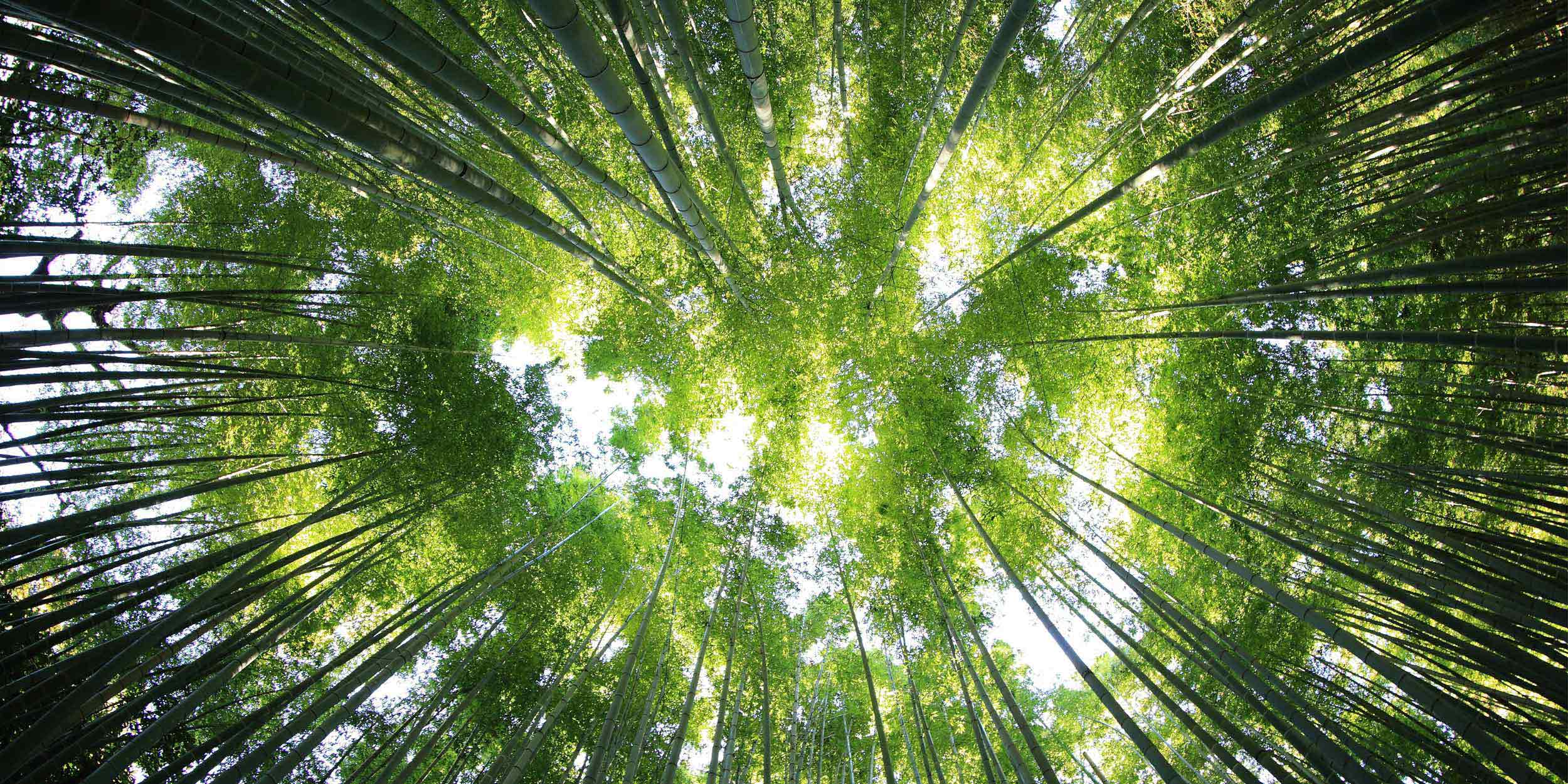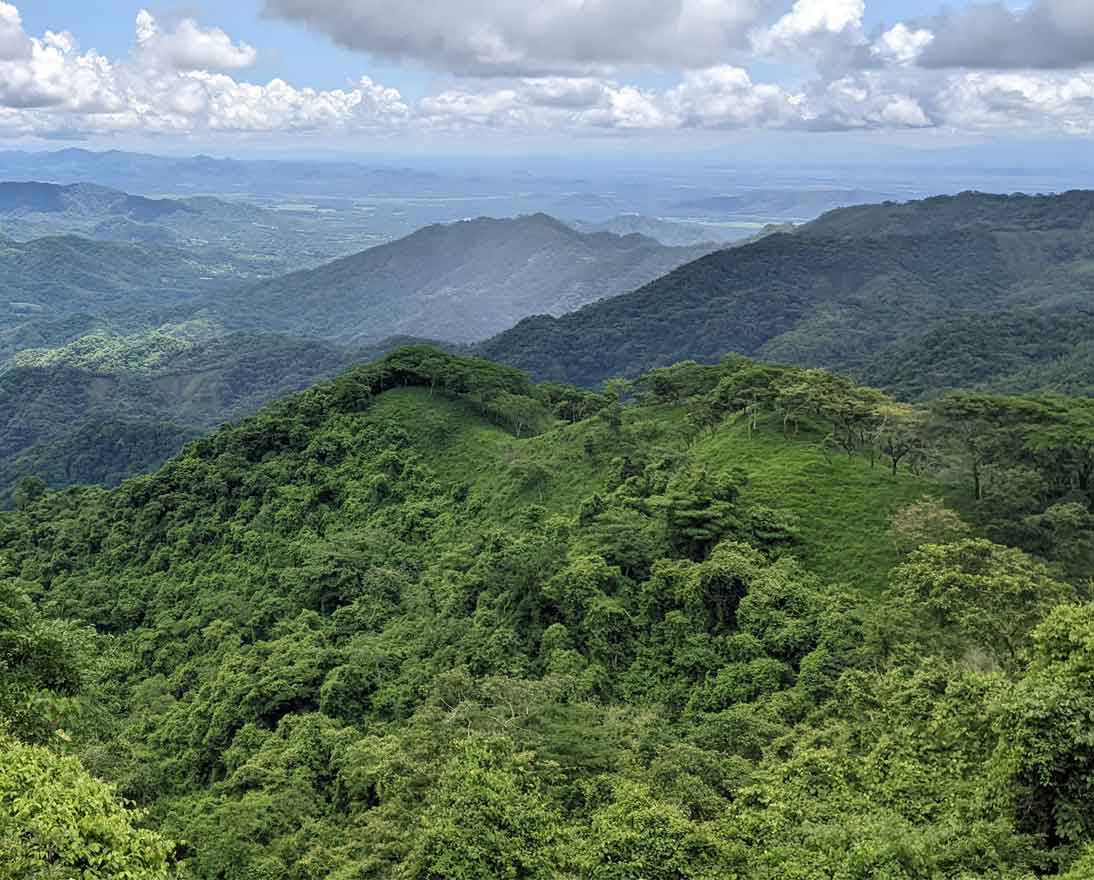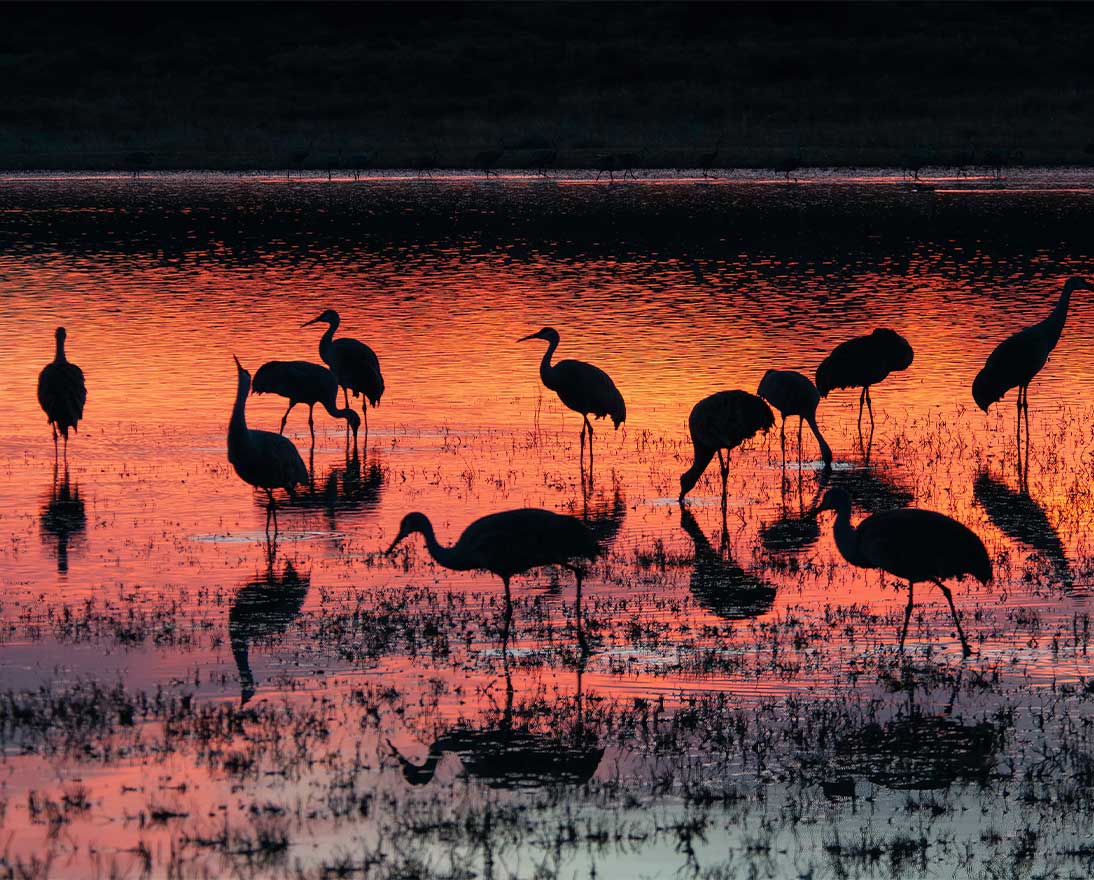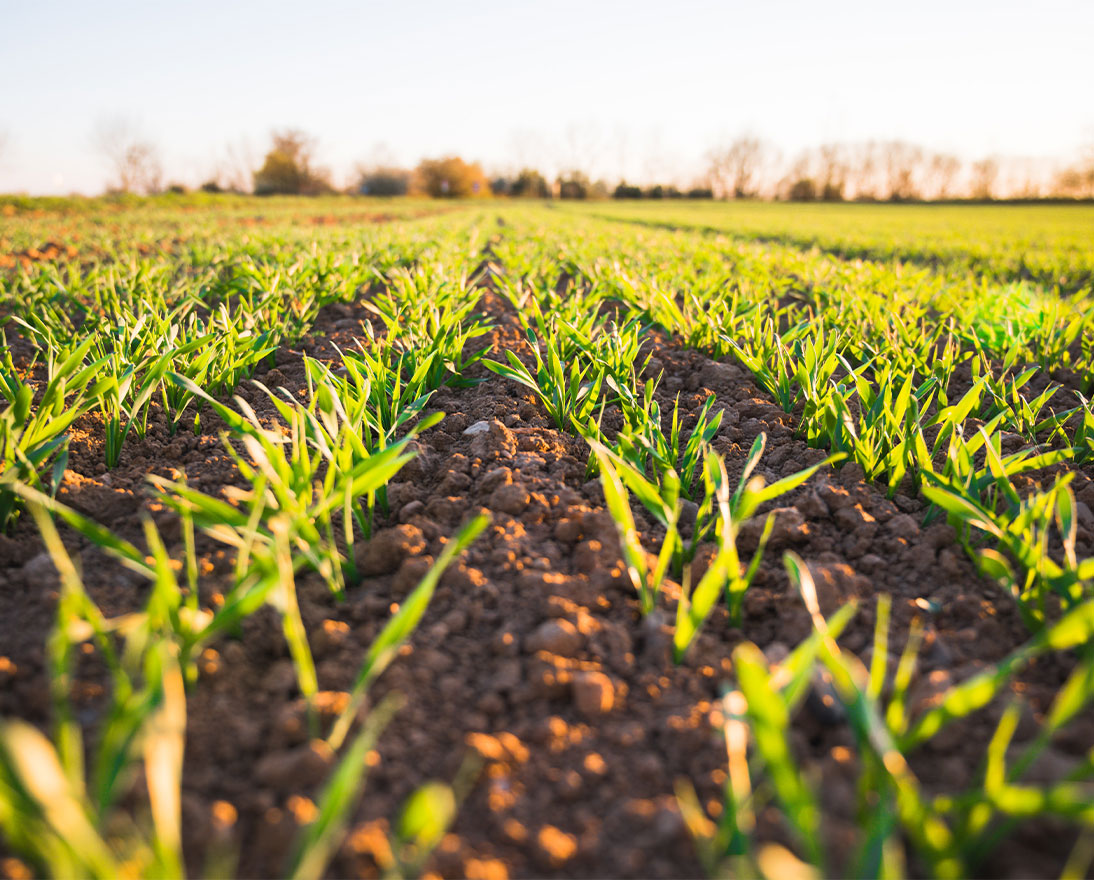Can tree planting solve climate change?
SustainabilityArticleMay 6, 20245 min read
Tree planting is considered one of the most effective tools for combating climate change and restoring biodiversity. But poorly planned reforestation and afforestation projects could increase carbon emissions and harm ecosystems. Learn more…
Reforestation and afforestation are often lauded as some of the most effective tools for combating the climate crisis and restoring biodiversity. And it’s easy to see why. Trees are natural carbon capture and storage machines, absorbing carbon dioxide (CO2) in the atmosphere through photosynthesis and then locking it up.
But as governments and businesses pledge to undertake large-scale tree planting schemes to tackle climate change and restore biodiversity, there’s a realization that the method of reforestation or afforestation – what and where you plant – is just as important as the number of trees that are grown.
“To create healthy ecosystems and effectively capture carbon, reforestation and afforestation projects must do more than simply put trees into the soil,” says Linda Freiner, Chief Sustainability Officer at Zurich Insurance Group. “That means using a variety of native species, engaging local populations to look after the trees in the long term and, above all, protecting and restoring existing forests.”
What’s the difference between reforestation and afforestation?
Reforestation is the process of planting trees to restore an existing forest impacted by deforestation. Afforestation is when tree planting occurs in an area where there were no trees before, creating a new forest.
Can all forests capture carbon?
The pitfalls of reforestation and afforestation are numerous. Much tree planting is initiated with the aim of capturing carbon to help tackle climate change. Yet poorly planned and executed projects could even increase CO2 emissions, with long-term negative impacts on biodiversity, landscapes and livelihoods, according to research by scientists at the Royal Botanic Gardens, Kew and Botanic Gardens Conservation International (BGCI).
The reasons for this include planting trees in unnatural places, such as grasslands, which already act as carbon sinks. (A carbon sink is anything that absorbs more CO2 from the atmosphere than it releases.) Disturbing such areas risks releasing these carbon stores into the atmosphere. Selecting the appropriate species, too, is crucial. Cultivating fast-growing, non-native trees could lead to monocultures: silent forests that cannot support life.
Biodiversity plays a significant role in forest carbon storage, according to the Kew-BGCI study. It is also key to unlocking other goals of reforestation. Biodiversity can help to achieve conservation of a species or the generation of economic benefits for local communities.
Nurturing nature
When done responsibly, the restoration of trees ranks among the most effective strategies for climate change mitigation available today. That’s the conclusion of scientists at Crowther Lab, an ecology research group based at Swiss research university ETH Zurich, who mapped out tree restoration potential across the globe in a 2019 study published in the journal Science.
Crowther Lab determined ecosystems could support an additional 0.9 billion hectares of continuous forest, representing an increase in forested area of more than 25 percent. “Such a change has the potential to store an equivalent of 25 percent of the current atmospheric carbon pool,” the study says.
To reap the benefits of reforestation, however, action should begin now: carbon capture doesn’t occur immediately, and restored areas can take many decades to reach maturity, Crowther Lab says.
The Zurich Forest Project
In Brazil’s Atlantic Forest, non-profit Instituto Terra serves as a model reforestation project, focused on restoring the full ecosystem. Founded by photographer Sebastião Salgado and his wife Lélia Wanick Salgado, Instituto Terra has planted more than 2.5 million trees in the last two decades on a former cattle farm located in the Atlantic Forest in the Brazilian state of Minas Gerais.
Its employees tend to the seedlings in the nursery and sort through thousands of painstakingly collected plant seeds in an onsite laboratory, storing them in jars. Planting team members undergo meticulous training to maximize the opportunity for success.
Instituto Terra’s methods in selecting and growing plants are helping to boost the biodiversity on the former farm. More than 250 native species of animals, including hummingbirds, parrots, lizards and anteaters have returned to the area. Even apex predators, such as jaguars, now stalk the forest.
Zurich teamed up with Instituto Terra in September 2020 to create the Zurich Forest Project. The initiative will plant a further 1 million trees to help restore 700 hectares (1,730 acres) of forest. The restored forest will be fully self-sustaining and biodiverse, comprising 120 species of trees native to the region.
The benefits of the Zurich Forest Project and Instituto Terra’s work extend to the local people, too. Instituto Terra has become a major local employer and shares its knowledge with rural farmers about regrowing woodland and protecting water sources.
Restoring nature takes time and dedication and it is something Sebastião Salgado knows well. For him, reforestation is a serious commitment, akin to raising a child.
“You teach him how to walk, how to speak, how to protect himself,” he says. “To plant a tree, it’s the same.”
The Zurich Forest Project
Working with Instituto Terra, a Brazil-based non-profit, Zurich is helping bring back to life a part of one of the greatest forests on earth.



